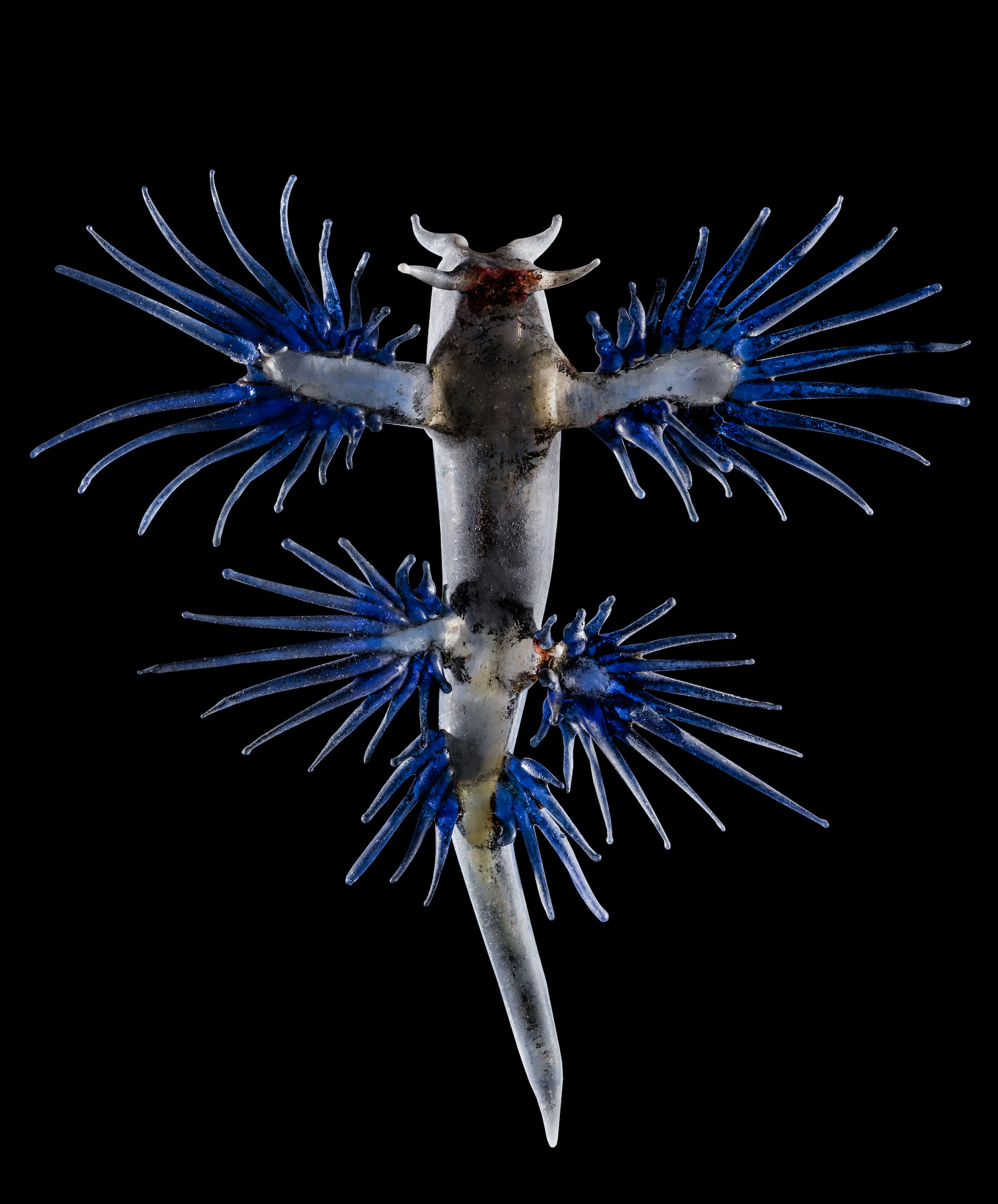This post was originally published on Colossal
All photos by Joe Michael, courtesy of the Mystic Seaport Museum, shared with permission
From the mid-1800s to the 1930s, father-and-son artist duo Leopold and Rudolf Blaschka crafted thousands of glass models of flora and fauna (previously) in exquisite, scientific detail. Sea creatures were an area of particular fascination, as delicate spines, tentacles, and frills rendered in lifelike color extend from the bodies of squid and sea anemones. And at the Mystic Seaport Museum, a major exhibition of more than 40 of the remarkable specimens come to life in Spineless: A Glass Menagerie of Blaschka Marine Invertebrates.
Spineless dives into the history of the Blaschkas’ extraordinary contributions to scientific education, starting with the elder artist’s fascination with ocean life. Leopold was inspired to recreate specimens he saw in the wild and successfully completed a commission for a nearby natural history museum in the 1850s. He realized there was a demand for lifelike versions of creatures that scientists found challenging to preserve and document, and the glass variety required no special jars or chemical treatments to keep them looking as good as new.
Leopold found his audience in universities and museums around the world, establishing a mail-order business to ship the fragile pieces to institutions where they were used for teaching or put on display. Eventually joined by his son, the two “relied on their relationships with scientists, along with observations of live specimens held in aquariums, wet specimens, books, and scientific journals,” the Mystic Seaport Museum says in a statement.
The Blaschkas are also known for their fifty-year endeavor to make 4,300 models that represent 780 plant species, comprising the Ware Collection of Blaschka Glass Models of Plants, which you can visit at Harvard Museum. Spineless continues in Mystic, Connecticut, through September 2024. Plan your visit and discover more on the museum’s website.







Do stories and artists like this matter to you? Become a Colossal Member today and support independent arts publishing for as little as $5 per month. The article Remarkably Realistic Marine Invertebrates Made of Glass Surface at the Mystic Seaport Museum appeared first on Colossal.





0 Comments